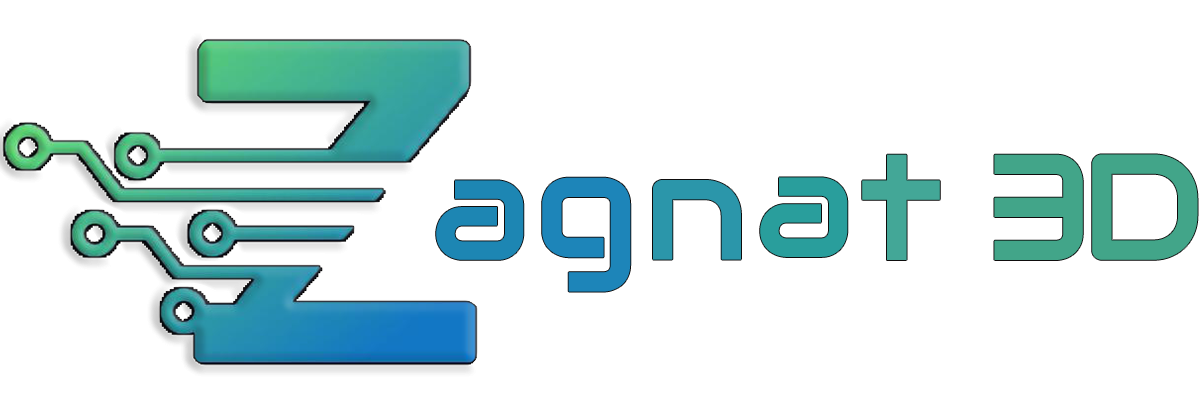3D Modeling
Prototypes
Prototypes play a significant role in the 3D modeling process, especially when creating designs that will be manufactured or tested in real-world applications.
Portraits
Portraits can significantly influence the 3D modeling process, especially when creating models of faces or human-like characters for applications in animation, gaming, virtual reality, or even product design.
Custom Models
Creating custom models for any object impacts the 3D modeling process in various ways, especially when designing unique products, parts, or characters.
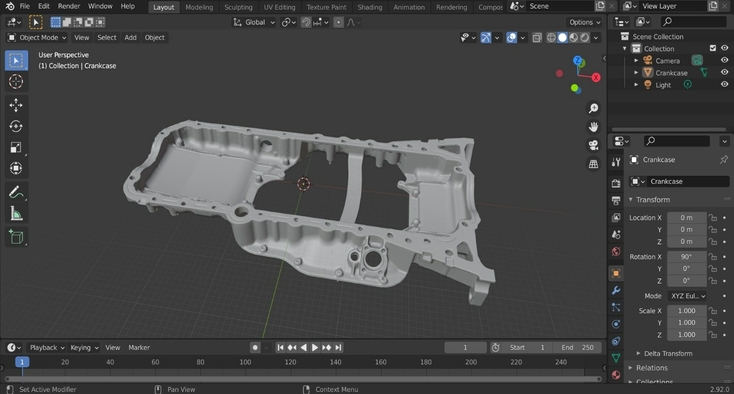
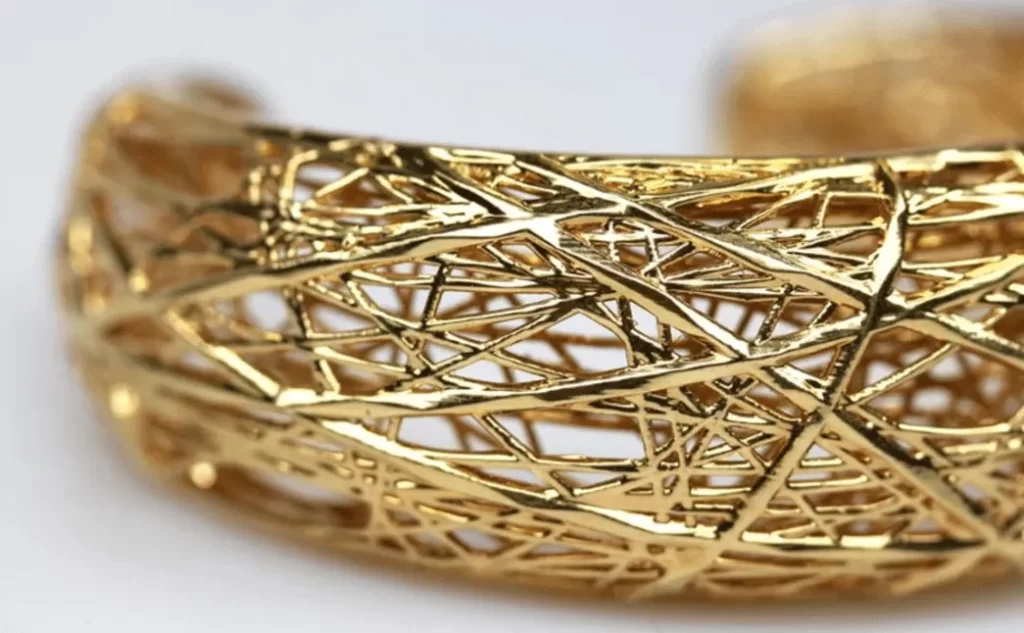
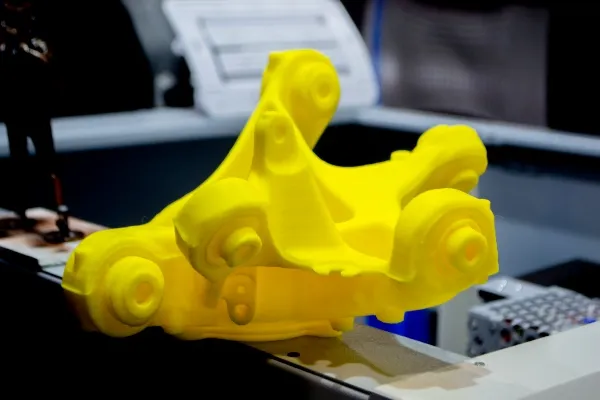
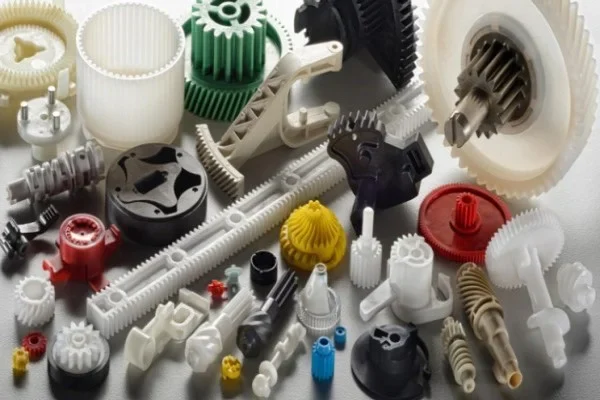
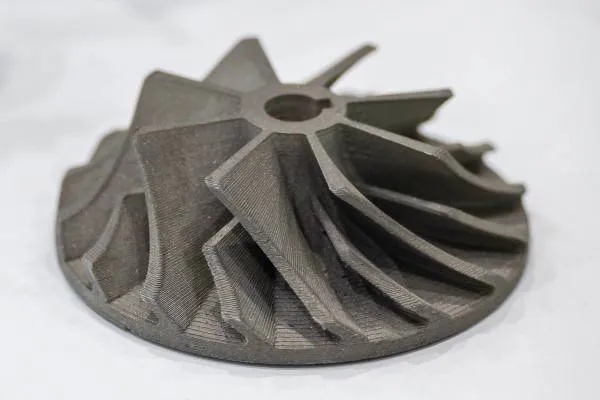
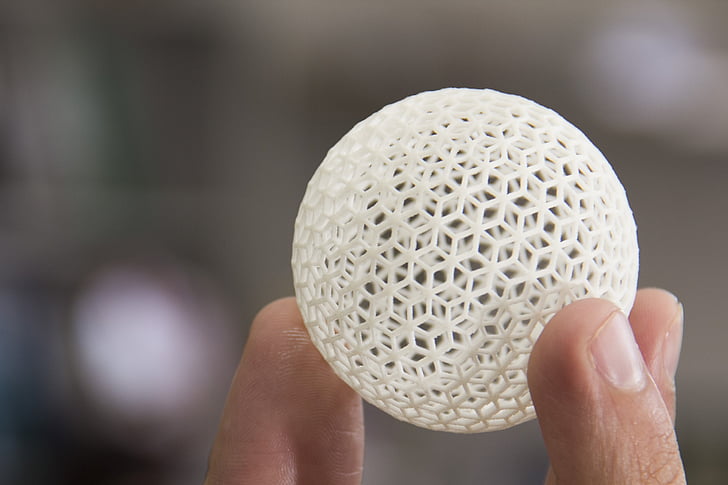
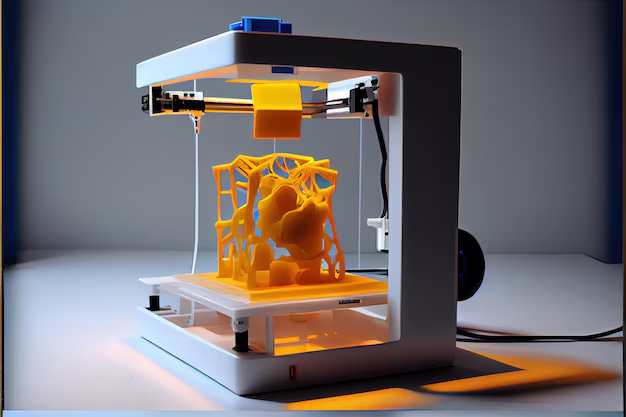

Prototypes
Prototypes allow designers and engineers to quickly test the form and function of a product before fully committing to detailed design work. Creating a physical prototype from a 3D model often reveals aspects of the design that might not be obvious in a virtual environment. Prototypes allow designers to spot potential issues early, which can save both time and money in the long run. By identifying flaws in the design or functionality during the prototyping phase, costly mistakes that would occur later in production are avoided.
Portraits
Portraits serve as a reference for capturing the unique features of a person’s face or character. In 3D modeling, achieving accuracy in the facial structure, expression, and proportions is key for realism. Portraits serve as a guide to ensure the correct relationship between these facial features, which is especially important in realistic human 3D modeling.
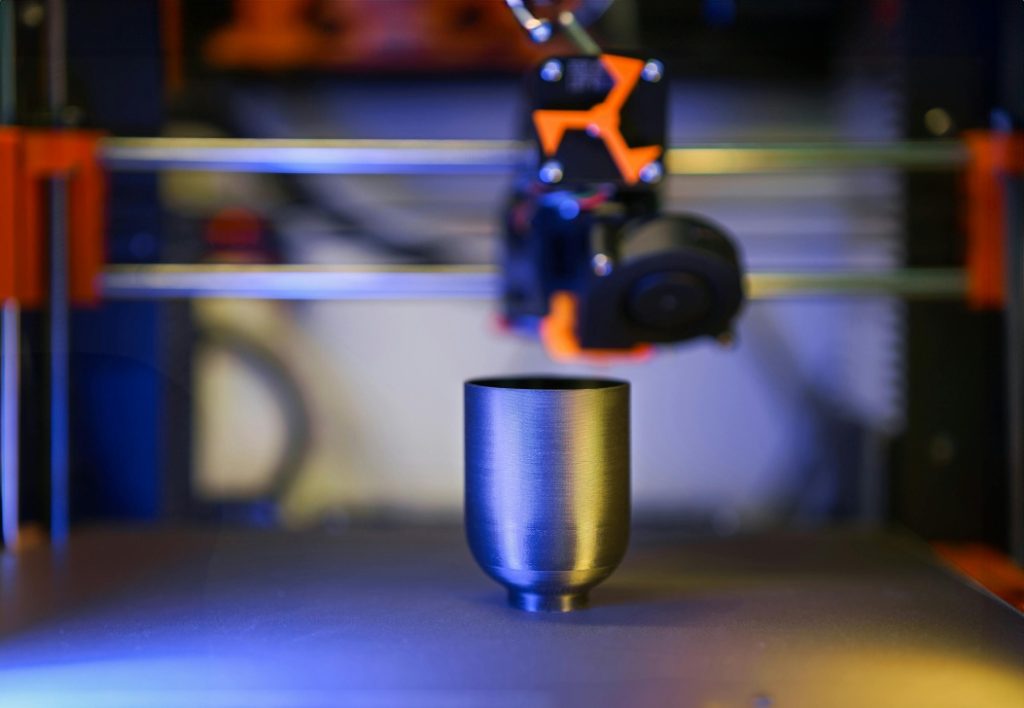

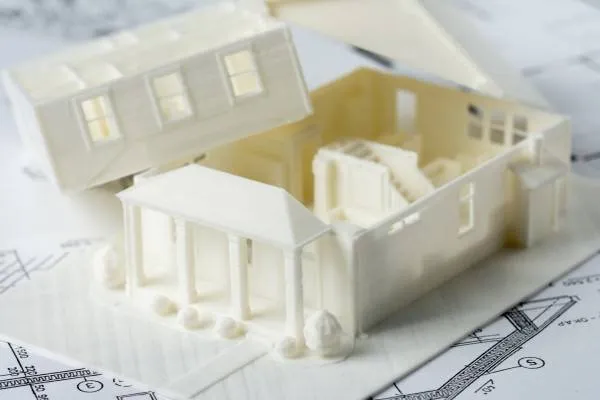
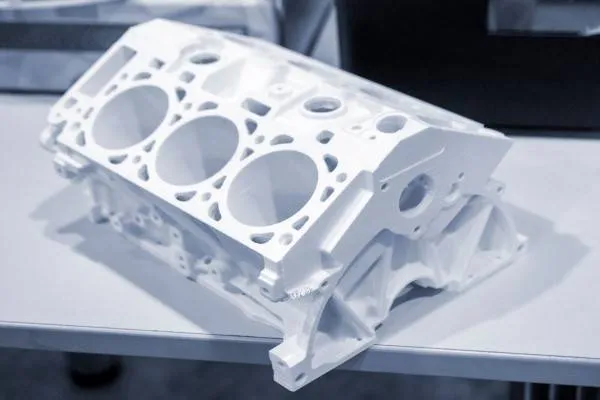

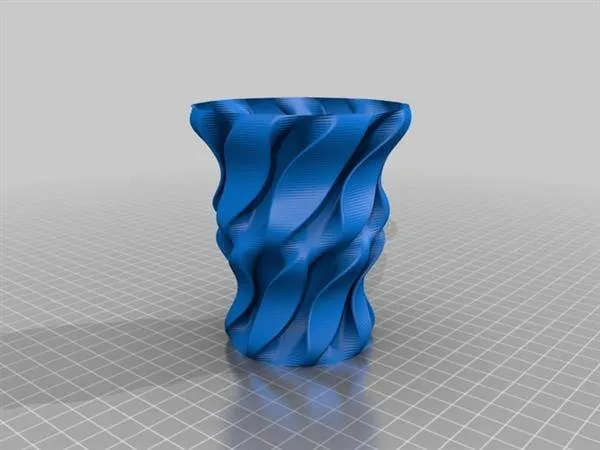


Custom Models
Custom models are often created to meet specific design requirements, which means that the process is more tailored than creating generic models. When creating a custom object, the designer may need to incorporate intricate details that are unique to the object’s purpose. Custom objects, especially in product design or consumer goods, often require a distinct visual style or brand identity.
Nashville, Tennessee, USA | Phone: 800-453-3801 | Email: info@zagnat.com
Copyright © 2025 Zagnat
